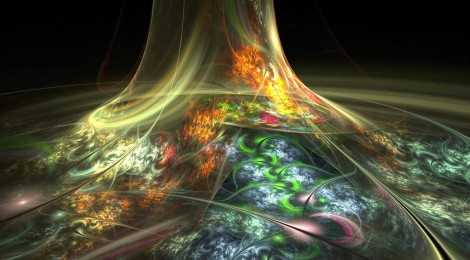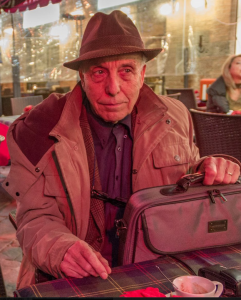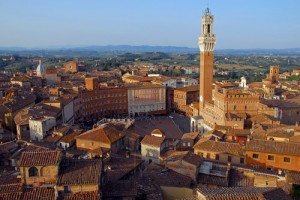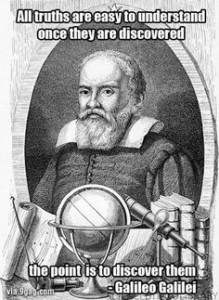
Piantelli’s Singular Miracle
Oh my that’s odd!
Back in the summer of 1989 a remarkable scientific observation was made at the University in Sienna Italy, one of the world’s oldest and most revered universities. It surely deserves a place in the annals of science as one of those most rare moments when a scientist makes the most important exclamation of all. It is sometimes the sign of a singular miracle.
The words uttered are not EUREKA but rather “oh my that’s odd.”
 The Sienna scientist was Prof. Francesco Piantelli (biophysics) and he was working on a biology experiment preparing a sample of brain cells for study as he had countless times before. The procedure was simple – the cells were placed on a tiny bit of nickel and immersed in liquid helium for instant freezing. Liquid helium being the coldest substance possible at just a few degrees above absolute zero was very predictable… or so it was thought.
The Sienna scientist was Prof. Francesco Piantelli (biophysics) and he was working on a biology experiment preparing a sample of brain cells for study as he had countless times before. The procedure was simple – the cells were placed on a tiny bit of nickel and immersed in liquid helium for instant freezing. Liquid helium being the coldest substance possible at just a few degrees above absolute zero was very predictable… or so it was thought.
The experiment was designed to investigate a phenomenon involving hydrogen and the cells with a view to finding ways to prevent it and so try to stop brain damage in situations of oxygen deprivation. It was being conducted by a senior scientist Prof. Francesco Piantelli and involved a Nickel rod, some electrodes, brain cells, hydrogen and stimulation. In order to freeze the state of a dying brain cells instantly on its substrate of Nickel, the sample was dunked in liquid Helium which at -269 °C (about 4 K or −452.2 °F), is the coldest fluid known to man.
But on August the 16th, 1989, the bit of nickel with the brain cell sample did not freeze instantly as per normal, it just kept on boiling away the liquid helium. This tiny fragment of nickel was fighting around 250W of cryogenic cooling to keep warm for an extended period of time, it was a phenomenon that had no precedent. There was heat energy in that bit of nickel which no conventional scientific dogma could explain.
Prof. Piantelli surely exclaimed something like “Oh mio, questo è strano.” (Oh my that’s odd.)
He was witnessing the birth of his Ni+H energy invention. His disciplined ‘scientific mind strived to explain his experience. Subsequently he started to wonder if the phenomenon could be in the same family of nuclear derived cold fusion energy developments as had been recently reported from Utah by Stanley Pons and Martin Fleischmann.’ Read about an equally mysterious moment in my post on the Fleischmann singularity.
Prof. Piantelli might not have known he was also witnessing a prediction about cold fusion made by Nobel Laureate Julian Schwinger on ‘cold fusion’ where it might well be enhanced at ultra low temperatures. The notion behind this was that at very low temperatures hydrogen atoms might just condense into a new state of matter, a quark soup, where their internal structure and forces would allow for hydrogen nuclei to fuse with other nuclei. Some had immersed cold fusion deuterated palladium samples in liquid nitrogen at the time of Piantelle’s observation but no one had tested nickel.
Galileo’s method
Piantelli is known to be a man rigorously dedicated to the dogma of Galileo’s scientific method. That method has been summed up as starting with intuitive experimentation and ending with final verification experiment demonstration. Somewhere in between there is room for the data from the experiments to help with theory… but the key is “data speak to me” not “theory speak to them.”
Piantelli is now credited with some 25 years of work after that first “Oh mio, questo è strano” moment. He is surely ‘skilled in the art.” Most importantly he now says he is certain that his verification demonstration experiments are ready to be seen by the public at large and soon thereafter become practical energy technology. Indeed a young cold fusion scientist from France, Mathieu Valet, who has been working diligently as an understudy of some of the great cold fusion scientists will be running experiments in Piantelli’s laboratory in January 2015. Mathieu is the chief scientist of the Martin Fleischmann Memorial Project. I for one am waiting to see what sort of cooking lessons master chef and professor Piantelli provides.
Here’s a link to one of Piantelli’s papers on his work.
Look for Piantelli’s technology soon coming from his company MetalEnergy. Here’s a YouTube video of a presentation on the Piantelli work.
The stunning banner image on this post is from “The Cosmos in a Test Tube of Liquid Helium and Magnetic Fields” – Richard Haley at Lancaster Univ.

